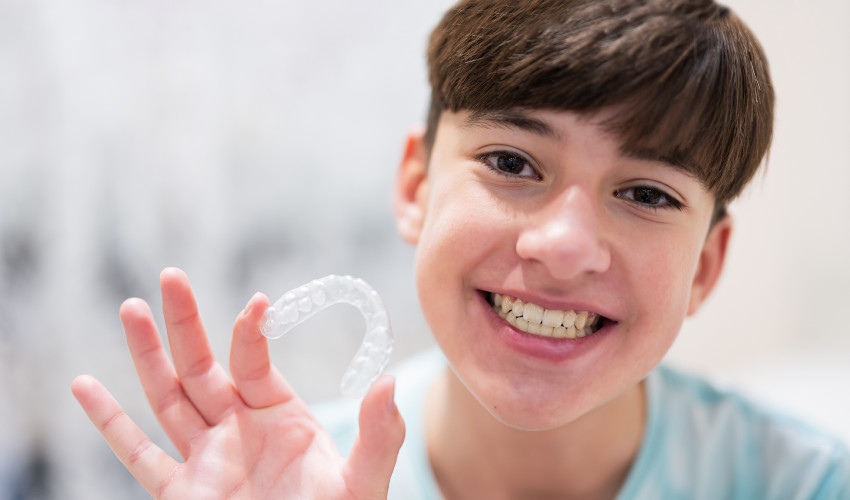
Clear aligners look magical. Wearing them, you are free from wires, metal, and just clear trays. Sounds ideal, right?
Suddenly, a friend tells you that clear aligners hurt. Now you’re doubting everything. Another individual gushes about clear aligners being pain-free. Confusing much?
Clear aligners offer straight teeth, but at what price? Pain, pressure, discomfort—do clear aligners contain secret battles? You’re spending money, time, and trust in clear aligners. Should clear aligners be torture tools or gentle corrections?
Do Clear Aligners Hurt? The Short Answer
Yes, clear aligners do hurt. However, the discomfort is generally mild and temporary. Most users report a feeling more like pressure than pure pain.
When you change to a new tray, your teeth will move ever so slightly. That motion makes your mouth feel sore, particularly in the first few hours or days. The amount of discomfort varies with your pain threshold and stage of treatment: Some have little discomfort during the process. Others have soreness after each new set.
Clear aligners Wichita, KS, put gentle, steady pressure on your teeth. This pressure nudges your teeth to move slowly into place. While it might hurt for a moment, it is part of the treatment.
Fortunately, the vast majority of people adapt quickly and even forget that they have clear aligners on. In short, clear aligners aren’t without discomfort, but the pain is tolerable and normal.
Keep in mind: pain indicates change. Your smile is changing.
Why Do Clear Aligners Hurt?
Clear aligners use constant pressure to shift your teeth gradually. That pressure is the source of the brief pain you might experience. You will probably experience tightness as every new tray brings in another adjustment. That pressure can cause your teeth to become sensitive, particularly during chewing or brushing.
A second cause of discomfort is gum or cheek irritation from aligner edges. Most trays are smooth. However, minor imperfections can irritate soft tissue at first. Your tongue and gums will take a few days to get accustomed to.
Some individuals have a dull ache or soreness in their jaws. Clear aligners must be worn 20–22 hours a day. They will enhance mild pressure or friction. While painful, these feelings mean that the clear aligners are working as they should.
You can use orthodontic wax and dental chewies. They can reduce edge irritation. Discomfort typically decreases with each succeeding week with regular wear.
How Long Does the Discomfort Last?
Discomfort from clear aligners typically is at its maximum within the first 48–72 hours of a new tray. That’s when your teeth are getting used to the new pressure being put on them.
Pain generally decreases noticeably by the fourth day as your mouth adjusts. Slight soreness can linger. However, it doesn’t usually get in the way of daily activities after acclimation.
Subsequent tray adjustments should be less uncomfortable as your teeth move more readily. You must maintain regularity with wear time. It can actually make it less uncomfortable between trays. Most users find that avoiding or putting off trays enhances pain when returning to treatment. Pain also happens to be less severe during the day compared to nighttime.
Changing trays at night can significantly minimize the perception of discomfort while sleeping. Water, soft foods, and over-the-counter remedies can effectively alleviate soreness.
The point is understanding that clear aligners’ discomfort is short-term, predictable, and indicates progress. By week two, most users settle into adjusting completely to wearing clear aligners.
Clear aligners cause some discomfort. However, it’s minor compared to traditional braces. Most users agree that the results far outweigh a few days of soreness. You gain a straighter, more confident smile with fewer lifestyle interruptions.
Before starting, consult our dental professionals to know what to expect from clear aligners. Preparation and support make the journey smoother and more rewarding.



